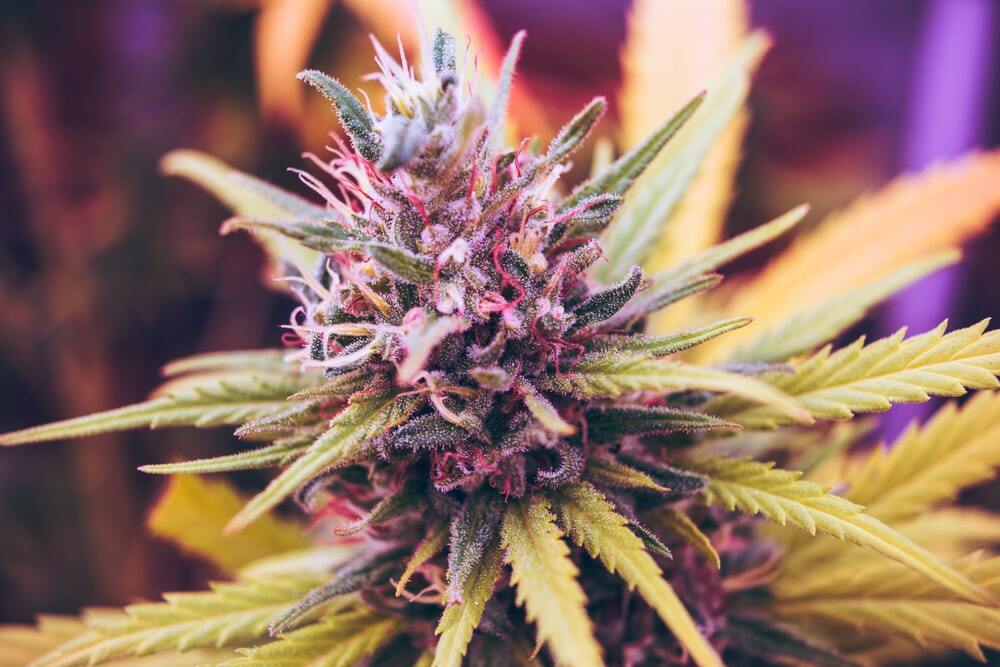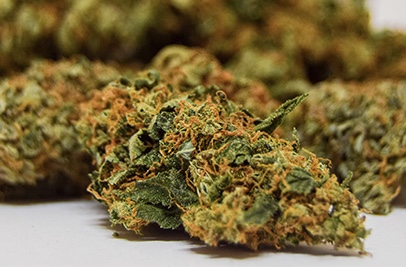What’s the difference between medical cannabis rosin and resin? Cannabis concentrates continue to attract more people looking for raw cannabinoid exposure. This leads to new forms of extraction techniques and products emerging regularly. One of the latest innovations in this space is the rosin technique. It was first popularized on YouTube about two years ago and gaining popularity ever since.
This technique is now described as “the next big thing” in the cannabis concentrate world. This article will review the rosin technique. It will discuss its similarities to existing solventless extractions such as butane hash oil (BHO). We will then compare it with one of the oldest types of cannabinoid concentrate, sap.

The Difference Between Medical Cannabis Rosin and Resin
The concept of solventless extraction has been around for years. It encompasses a variety of methods that involve no use of organic solvents. This includes hydrocarbon-based butane and propane to extract cannabinoids from the plant material.
These include:
- Ice water/alcohol extractions
- dry bubble hash manufacture [4]
- vapor-based extraction using a hot plate.
The term “rosin,” as it is used today, generally refers to a new type of solventless process. This is where trichome-rich plant material is heated under pressure to release its cannabinoids without using organic solvents whatsoever.
How does rosin differ from other methods of solventless extraction?
Rosin is essentially the same type of product as “dry sift” hash, only manufactured using an ice water extraction. It was likely derived from attempts to improve the weaknesses of existing solventless techniques. Dry sift is produced by separating trichomes from dried plant material. It passes it through a silkscreen or mesh filter and then collects the material that sticks to the filter.
This process is commonly done in a kitchen using ice water to cool the screen and trichomes during filtration. The main weakness of this method involves contamination by plant materials such as stems, stalks, and chlorophyll. These are very difficult to separate from trichomes using simple filtration; can result in a final product that is turbid, brown, or unpleasant to handle.

The main innovation presented by the rosin technique involves adding heat during trichome separation by filtering through the parchment paper. The purpose here is to melt the resins adhering to plant material into the wax, which can be washed away by water. This is, in contrast, to dry sift where the resin stays on the plant material, which results in a product that is more pleasing to handle and lighter colored, and with less plant material content.
Rosin also differs from “Live Resin” extractions which are gaining popularity. These involve harvesting fresh plant material and processing it while still living, which is purported to result in higher levels of terpenes. Although rosin also involves heating new or frozen plant material, the purpose here is to sterilize rather than preserve terpenes.
In Conclusion
For those looking for cannabis concentrates with high cannabinoid levels and other aromatic molecules, the rosin technique offers a compelling option for producing top-quality products.
